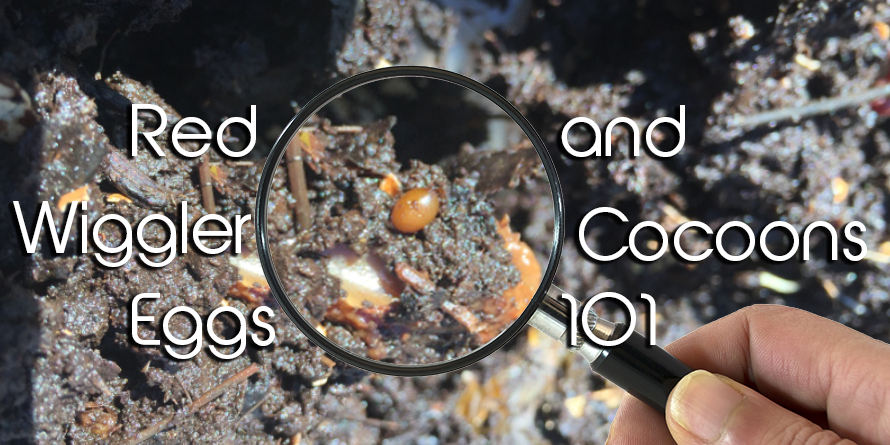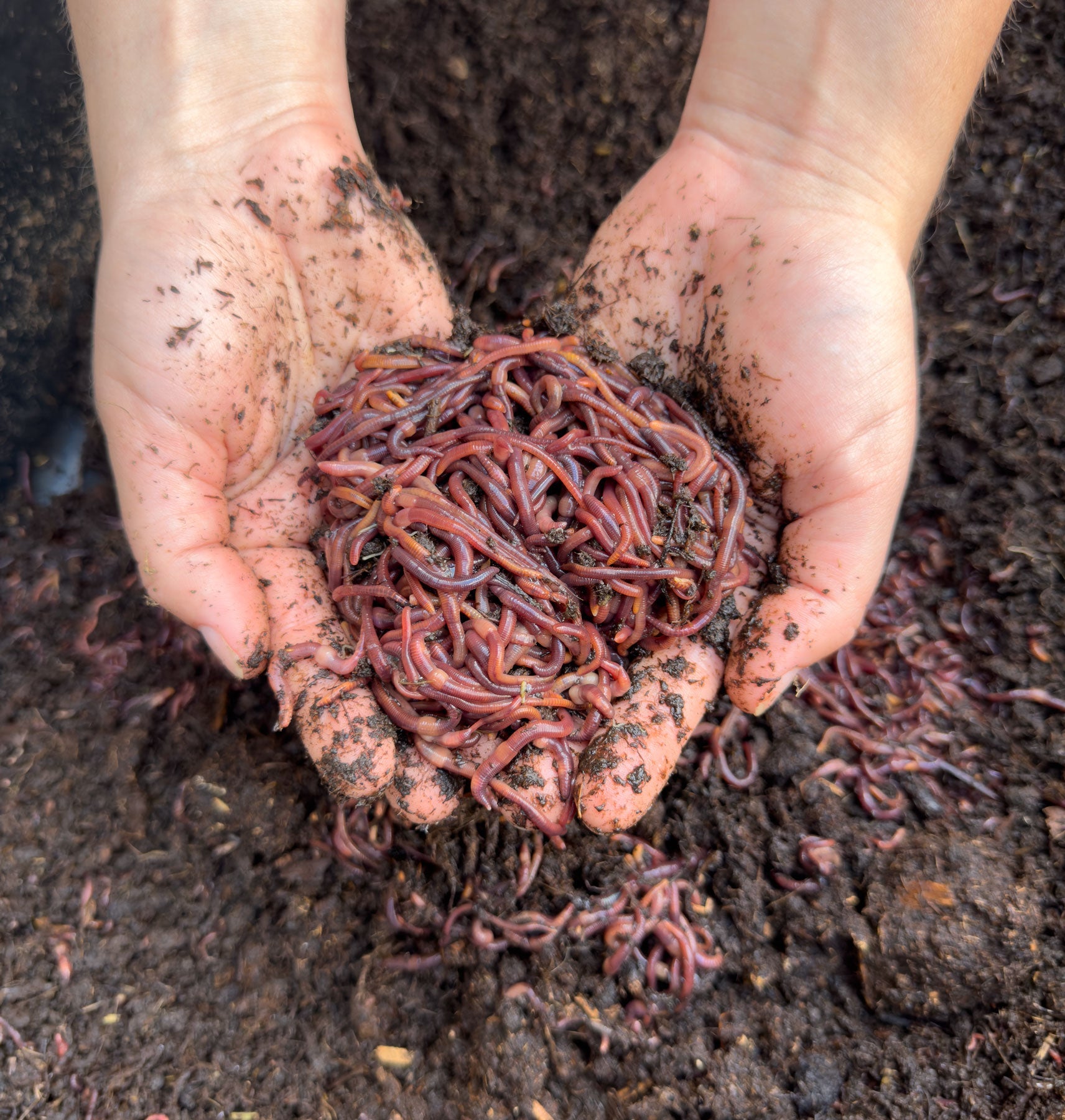Use Lake Hickory Bait for Exceptional Lawn Health and Gorgeous Greens
Use Lake Hickory Bait for Exceptional Lawn Health and Gorgeous Greens
Blog Article
How Red Wigglers Can Change Your Composting Experience
The combination of red wigglers right into composting practices offers a transformative method to waste monitoring and soil enrichment. These organisms not only quicken the decay process but likewise create nutrient-dense vermicompost that improves dirt health and fertility. Their flexibility to numerous atmospheres makes them a suitable choice for both amateur and experienced composters alike. Recognizing the details demands and benefits associated with preserving a thriving worm populace is critical for optimizing their capacity. What methods can one use to ensure a successful vermicomposting experience?
Advantages of Red Wigglers
Red wigglers, clinically called Eisenia fetida, are a keystone of reliable composting systems as a result of their remarkable ability to break down raw material efficiently. These worms master transforming cooking area scraps, lawn waste, and various other organic materials right into nutrient-rich compost, commonly referred to as worm castings. Lake Hickory Bait. This process not only lowers land fill waste but likewise adds to sustainable gardening practices
Among the key benefits of red wigglers is their high recreation rate, enabling them to inhabit a composting environment promptly. This quick reproduction enhances disintegration rates, resulting in faster garden compost production. Furthermore, red wigglers prosper in a diverse variety of conditions, making them adaptable to numerous composting setups.

Establishing Up Your Worm Bin
(Red Wiggler Express)To develop a reliable worm bin for composting, cautious attention needs to be provided to its layout and atmosphere. An optimal worm bin must be created of products that are resilient yet permit needed airflow, such as plastic or wood. The size of the bin can vary, but a volume of around 1 square foot per extra pound of worms is a good beginning factor.
Make certain that the container has drainage holes to avoid water build-up, which can cause anaerobic conditions damaging to the worms. Additionally, incorporating ventilation holes will certainly aid maintain correct humidity degrees and oxygen circulation.
Following, it is vital to offer bed linen for the worms, which can consist of shredded newspaper, cardboard, or coconut coir. This bed linens not just uses an environment for the worms yet additionally help in dampness retention.
Setting the worm container in a location that preserves a temperature series of 55-77 ° F(13-25 ° C) to enhance worm task. Avoid placing the bin in direct sunlight or severe temperatures. By following these guidelines, you can produce a helpful environment for red wigglers, improving the performance of your composting procedure.
What to Feed Your Worms

(Charlotte NC Worms For Sale)Red wigglers especially delight in soft, wet foods like watermelon skins, cucumber peels, and banana peels. Nevertheless, it is essential to avoid feeding them citrus fruits, onions, and garlic, as these can be destructive to their health. Additionally, cooked foods, dairy products, and meat ought to be strictly avoided, as they can result in odors and attract bugs.
Giving a regular feeding routine will certainly help maintain your worm population thriving while boosting the total effectiveness of your composting initiatives. By recognizing what to feed your worms, you lay the foundation for an effective and lasting composting experience.
Maintaining a Healthy Environment
Developing a flourishing composting atmosphere for red wigglers needs attention to their environment, as it straight affects their health and wellness and performance. The optimal environment should preserve a well balanced moisture level, usually in between 60-70%. Excessive moisture can cause anaerobic conditions, while inadequate wetness might dry out the worms.

The bed linen product in the compost need to be diverse and shredded, including materials like cardboard, newspaper, and coconut coir. This not just provides a comfortable atmosphere however additionally offers as a food resource. Lake Hickory Bait. Frequently examining for smells or indicators of pests can aid identify prospective problems prior to they rise
Finally, keeping a balanced pH level, preferably between 6 and 7, ensures a helpful environment for red wigglers, promoting their capability to procedure natural matter efficiently. By dealing with investigate this site these aspects, you can develop a lasting and efficient composting ecological community.
Harvesting and Utilizing Compost
Harvesting compost from a worm bin is a gratifying procedure that changes natural waste right into nutrient-rich material for yards and plants. As soon as the composting cycle is full, normally after 8-12 weeks, it's time to gather the vermicompost. The primary step involves dividing the red wigglers from the completed garden compost. This can be done making use of approaches such as the "light" method, where worms are brought in to light and can be scooped away from the leading layers, or by relocating the compost to one side of the container and including fresh bedding to the opposite, encouraging the worms to move.
Once the worms are eliminated, the staying compost can be looked to eliminate any kind of bigger fragments or undecomposed material. The end product should have a dark, brittle texture and a pleasant natural scent, indicating that it awaits use. This rich compost can be used straight to garden beds, combined into potting dirt, or utilized as a leading dressing for potted plants. By integrating vermicompost right into your horticulture methods, you not just enhance dirt fertility but additionally advertise healthy plant growth and lasting gardening techniques.
Final Thought
Integrating red wigglers into composting practices substantially boosts the decay process and adds to the manufacturing of nutrient-rich vermicompost. Their adaptability to different environments and high recreation rates guarantee a lasting populace, which efficiently breaks down raw material. The resulting worm spreadings enhance dirt structure, fertility, and microbial activity, inevitably advertising healthier plant growth. The combination of red wigglers into composting not only enhances waste administration yet additionally improves yard ecological communities.
Report this page